Introduction
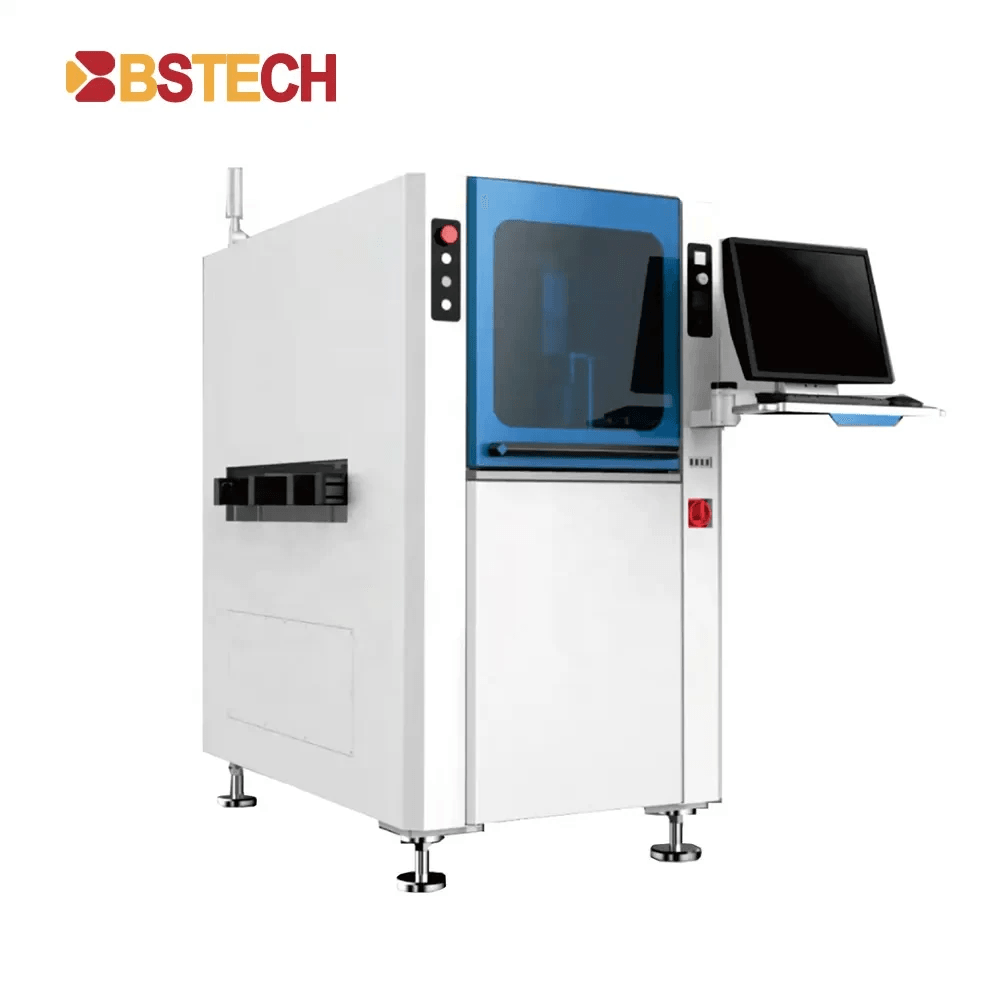
In the fast-paced world of electronics manufacturing, efficient PCB soldering is crucial for producing high-quality products that meet market demands. With the increasing complexity of circuit boards and the need for precision, traditional soldering methods can fall short. This is where an automated solder paste dispenser comes into play, revolutionizing the way we approach PCB assembly.
The Need for Efficient PCB Soldering
The demand for faster production times and higher quality standards in electronics has made efficient PCB soldering more important than ever. Manual processes can lead to inconsistencies, defects, and increased labor costs, which ultimately affect a company's bottom line. To stay competitive in this dynamic landscape, manufacturers are turning to advanced solutions like automatic solder dispensers that enhance accuracy and speed.
Benefits of an Automated Solder Paste Dispenser
An automated solder paste dispenser offers numerous advantages over traditional methods, including improved precision and reduced waste of materials. By delivering consistent amounts of solder paste exactly where needed on a PCB, these machines minimize errors that can lead to costly rework or product failures. Additionally, implementing a solder dispenser into your production line can significantly streamline operations and boost overall productivity.
Understanding Pick-and-Place Machines
To fully appreciate the role of an automated solder paste dispenser, it's essential to understand pick-and-place machines—the backbone of modern PCB assembly lines. These sophisticated devices accurately position electronic components onto PCBs with remarkable speed and precision. When integrated with a reliable solder dispenser, pick-and-place machines create a seamless workflow that enhances both efficiency and product quality.
Understanding Pick-and-Place Technology
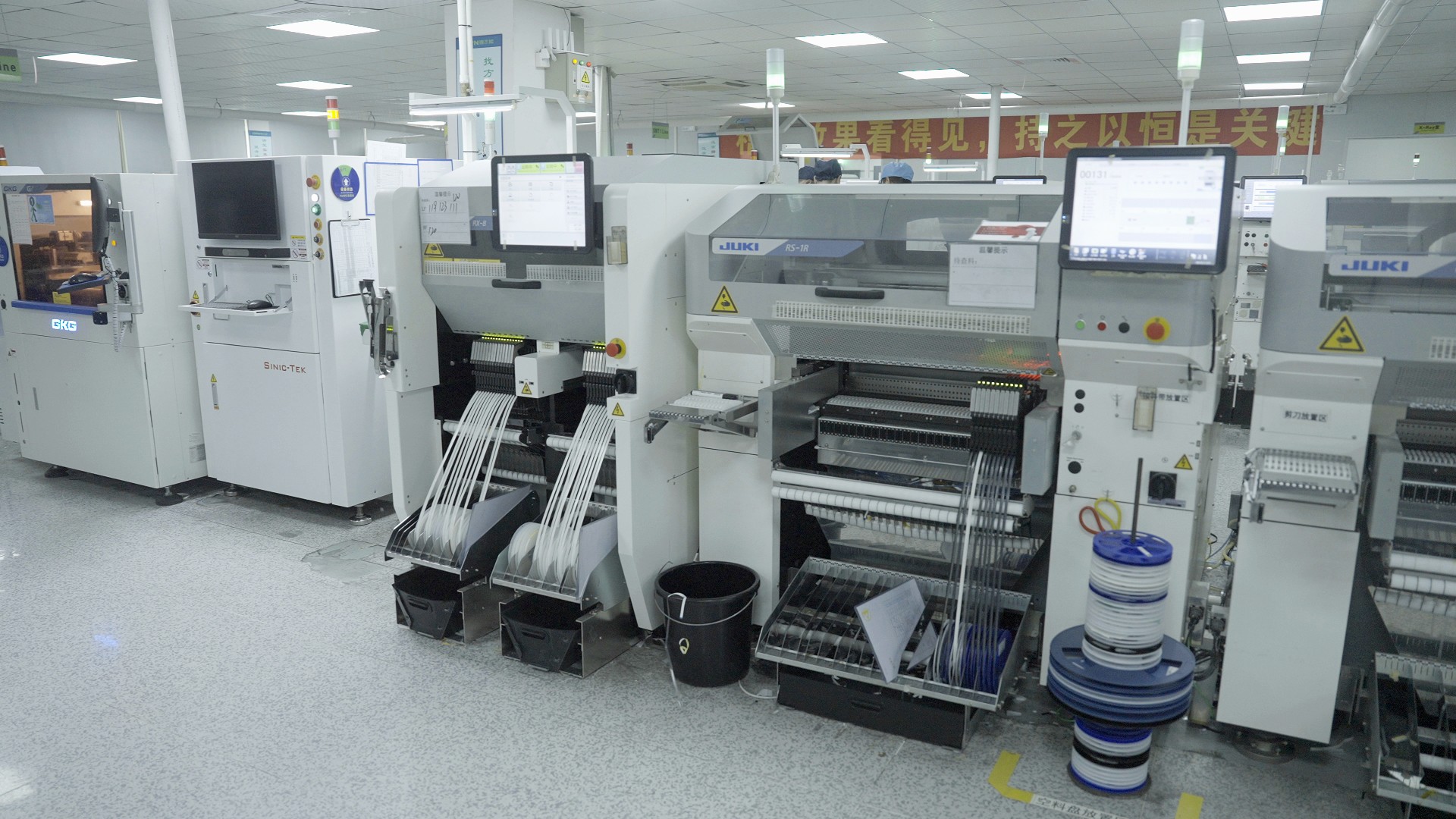
In the world of PCB assembly, pick-and-place technology serves as a crucial backbone for efficient production. These machines automate the process of placing components onto printed circuit boards, ensuring precision and speed that manual methods simply can't match. When combined with a solder paste dispenser, they create a seamless workflow that enhances the quality of PCB soldering.
How Pick-and-Place Machines Work
At their core, pick-and-place machines utilize advanced robotics and vision systems to identify and position electronic components accurately. The process begins with the machine picking up components from feeders using suction or mechanical grippers before placing them on the designated spots on a PCB. This method not only improves placement accuracy but also allows for rapid assembly, making it an ideal partner for an automatic solder dispenser.
The integration of a solder paste dispenser into this system is where things get even more interesting. As the pick-and-place machine positions each component, it can simultaneously apply precisely measured amounts of solder paste to ensure strong electrical connections. This synchronization between component placement and solder application significantly reduces defects in PCB soldering.
Role in PCB Assembly
Pick-and-place machines play a pivotal role in modern PCB assembly lines by streamlining operations and increasing throughput. Their ability to handle various component sizes and types makes them versatile tools for manufacturers dealing with diverse product lines. Additionally, when paired with a reliable solder dispenser, these machines enhance overall efficiency by minimizing human error during the assembly process.
Moreover, these automated systems contribute to consistency in production quality—a critical factor in electronics manufacturing. Consistent application of solder paste ensures that every joint meets stringent quality standards while reducing wastage associated with manual processes. In essence, incorporating pick-and-place technology alongside an automatic solder dispenser transforms traditional PCB assembly into a highly efficient operation.
Integration with Other Equipment
Integrating pick-and-place machines with other equipment is essential for optimizing your entire PCB assembly line. For example, coupling these machines with reflow ovens or wave soldering systems creates a continuous workflow from component placement to final product completion. Furthermore, integrating advanced software solutions can streamline inventory management and monitor performance metrics across all stages of production.
A well-integrated system allows for real-time adjustments based on production needs or changes in design specifications—something that manual processes struggle to achieve effectively. Additionally, when you incorporate an automatic solder dispenser into this mix, you gain even greater control over the entire manufacturing process by ensuring precise application every time without delays or downtime caused by human intervention.
In conclusion, understanding how pick-and-place technology works—and its role within the larger context of PCB assembly—can help manufacturers make informed decisions about their equipment investments. By leveraging this technology along with high-quality solder paste dispensers, companies can boost productivity while maintaining exceptional standards in their products.
Key Features of Solder Paste Dispensers
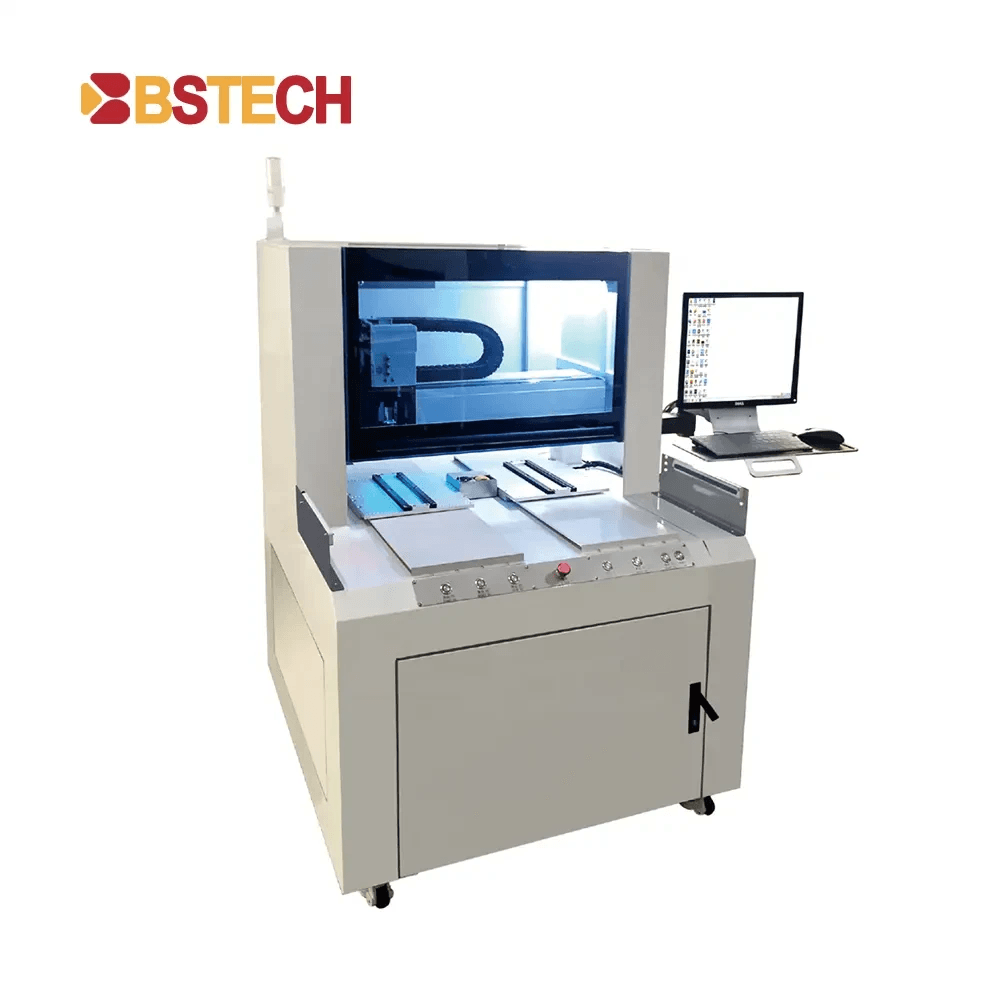
In the world of PCB soldering, the capabilities of a solder paste dispenser can make or break your assembly process. Precision and consistency stand out as crucial features that ensure high-quality results, while the variety of types available allows for tailored solutions to meet specific needs. Furthermore, embracing automation with an automatic solder dispenser not only enhances productivity but also minimizes human error, making it a vital asset in modern electronics manufacturing.
Precision and Consistency
Precision is paramount when it comes to applying solder paste accurately on PCBs. A well-calibrated solder paste dispenser ensures that the right amount of paste is deposited at each pad, which is essential for achieving reliable electrical connections. Consistency in application reduces the risk of defects and rework—two major headaches in PCB soldering that can derail production timelines and inflate costs.
Moreover, advanced dispensers often come equipped with features like vision systems that monitor the dispensing process in real-time, ensuring every application meets stringent quality standards. This level of precision not only boosts confidence in the final product but also enhances overall production efficiency by reducing waste and scrap rates associated with improper solder applications. With such reliability, manufacturers can focus on scaling their operations without compromising quality.
Types of Solder Paste Dispensers
When it comes to choosing a solder dispenser, understanding the different types available is key to finding the perfect fit for your operation. Manual dispensers are great for smaller runs or prototyping phases where flexibility is needed; however, they often lack the speed required for high-volume production environments. On the other hand, automatic solder dispensers offer rapid application speeds and are designed to handle larger batches efficiently.
Within automatic options, you’ll find variations like jet dispensers and syringe-based systems—each catering to different needs based on viscosity and paste type. Jet dispensers excel at high-speed applications while minimizing contact with components—a huge plus when dealing with sensitive materials. Syringe-based systems provide versatility and ease of use but may require more frequent maintenance depending on usage levels.
Ultimately, selecting the right type hinges on understanding your specific requirements—whether that's speed, precision or even budget constraints—and how these factors align with your overall PCB assembly goals.
Automation Benefits
The shift towards automation in PCB assembly has revolutionized how companies approach their manufacturing processes—especially when incorporating an automatic solder dispenser into their workflow. By automating solder paste application, manufacturers can significantly increase throughput while maintaining high levels of accuracy across all boards produced. This not only streamlines operations but also frees up skilled workers to focus on more complex tasks rather than repetitive manual dispensing.
Automation also paves the way for enhanced data tracking throughout production runs; this means issues can be identified quickly and addressed before they escalate into costly problems down the line. Additionally, integrating an automatic solder dispenser reduces variability caused by human factors such as fatigue or inconsistency in technique—leading to improved overall quality control during PCB soldering operations.
In summary, investing in automated solutions yields substantial long-term benefits that extend beyond just speed: from better resource allocation to enhanced product reliability—all contributing to a more efficient manufacturing ecosystem.
Choosing the Right Automated Solder Paste Dispenser

Selecting the right automated solder paste dispenser is crucial for enhancing your PCB soldering process. With a plethora of options available, it can feel like navigating a maze without a map. However, by focusing on key factors, you can streamline your decision-making and find the perfect solder dispenser for your needs.
Factors to Consider
When choosing a solder paste dispenser, precision is paramount; any inconsistency can lead to defects in your PCB assembly. You should also consider the type of solder paste you’ll be using—some dispensers are designed specifically for certain viscosities or formulations. Additionally, think about the automation level: fully automatic solder dispensers offer greater efficiency but may come with a steeper learning curve and higher upfront costs.
Another important factor is compatibility with existing equipment, especially if you're integrating it into an existing pick-and-place machine setup. Size and footprint matter too; ensure that the dispenser fits comfortably within your workspace without becoming an obstacle during production runs. Finally, don't overlook customer support and warranty options; having reliable assistance can save you headaches down the line.
Comparing Brands and Models
As you dive into comparing brands and models of automatic solder dispensers, look for user reviews that highlight real-world performance in PCB soldering applications. Some brands may boast advanced features like real-time monitoring or adjustable dispensing speeds, which could be beneficial depending on your production volume and complexity of designs.
It's also wise to check how easy each model is to maintain; some dispensers require more frequent cleaning or calibration than others, potentially affecting long-term operational costs. Keep an eye out for models that have been well-reviewed for their ease of use and reliability—after all, no one wants to deal with constant troubleshooting when they could be focusing on quality assembly.
Recommendations from Bensun Technology
When it comes to recommendations from industry leaders like Bensun Technology, their automated solder paste dispensers stand out for their precision engineering and user-friendly interfaces. The Bensun models are engineered with advanced technology that ensures consistent application across various PCB designs while minimizing waste—a win-win situation!
Moreover, Bensun offers excellent customer support along with comprehensive training resources to help users get acquainted with their new equipment quickly—because who has time for downtime? If you're looking for reliability coupled with cutting-edge technology in your solder dispenser choice, consider checking out what Bensun has to offer!
Upgrading Your Pick-and-Place Machine
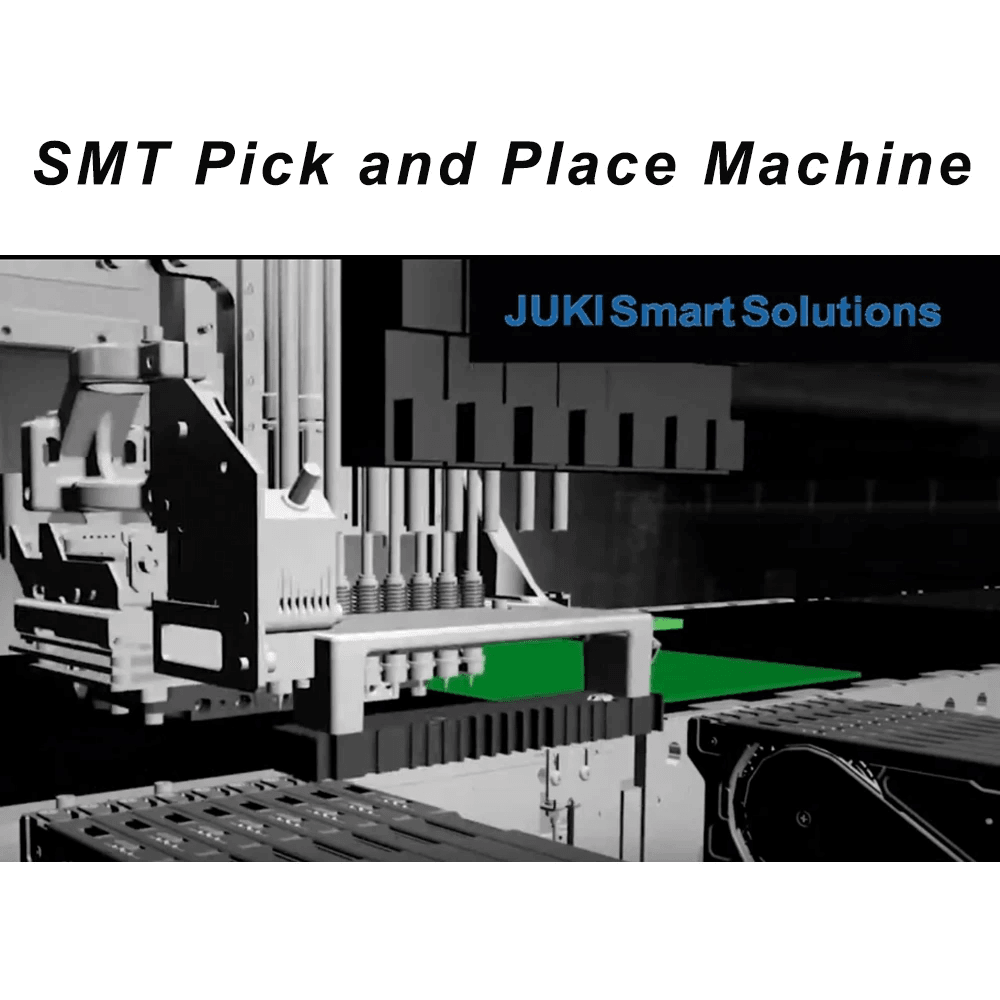
Upgrading your pick-and-place machine to include a solder paste dispenser can significantly enhance your PCB soldering process. This integration allows for more precise application of solder paste, improving overall assembly quality and efficiency. However, successfully incorporating an automatic solder dispenser requires careful planning and execution.
Steps to Integrate a Solder Dispenser
The first step in integrating a solder dispenser is to assess your current pick-and-place machine's compatibility with the new equipment. Check if the existing software can interface with the automatic solder dispenser, as this will be crucial for seamless operation. Once compatibility is confirmed, you'll want to map out the physical layout on your production floor, ensuring that the new equipment fits well within your existing workflow.
Next, you'll need to install the solder paste dispenser according to the manufacturer's guidelines. This includes securing it in place and connecting it to power sources and any necessary data cables for communication with your pick-and-place machine. After installation, calibration is essential; fine-tuning settings will ensure that the right amount of solder paste is dispensed accurately onto each PCB.
Finally, conduct thorough testing before going live with production runs. Run several trial assemblies while monitoring performance closely; this helps identify any adjustments needed for optimal operation of both machines working in tandem. With these steps completed, you’ll be well on your way to enhancing PCB assembly efficiency through automation.
Common Challenges and Solutions
Integrating a solder dispenser into an existing setup can come with its fair share of challenges—one common issue being misalignment during operation. If components are not aligned correctly when applying solder paste, it can lead to defects in PCB assembly that are costly to rectify later on. To mitigate this risk, ensure regular calibration checks are performed on both machines after installation.
Another challenge often faced is managing different types of solder pastes required for various projects or components. Not all automatic solder dispensers handle every type of paste equally well; some may struggle with thicker or more viscous materials while others excel at precision dispensing for fine-pitch components. To address this issue effectively, consider investing in a versatile dispenser capable of handling multiple types of solders or having dedicated dispensers for specific applications.
Lastly, training operators on how best to use these integrated systems can be overlooked but is crucial for maximizing productivity and minimizing errors during PCB soldering processes. Providing comprehensive training sessions focused on both troubleshooting common issues and optimizing workflow will empower staff members and ultimately enhance overall output quality.
Cost-Benefit Analysis
When considering an upgrade involving a solder paste dispenser, performing a cost-benefit analysis is essential before making any commitments. While initial costs may seem high due to purchasing new equipment and potential downtime during integration, weighing these against long-term benefits reveals significant savings over time through increased efficiency and reduced waste from improper application methods.
For instance, an automatic solder dispenser enhances precision in applying just the right amount of paste needed per board—this minimizes excess material usage while ensuring reliable connections between components during PCB assembly processes. Additionally, improved consistency leads directly into fewer defects requiring rework or repairs down the line; thus saving both time and money spent correcting mistakes caused by manual dispensing methods.
Ultimately investing in quality equipment like an automatic solder dispenser pays off as production speeds increase alongside product reliability—creating better outcomes not only financially but also regarding customer satisfaction levels due to higher-quality end products hitting market shelves faster than ever before!
Best Practices for PCB Soldering
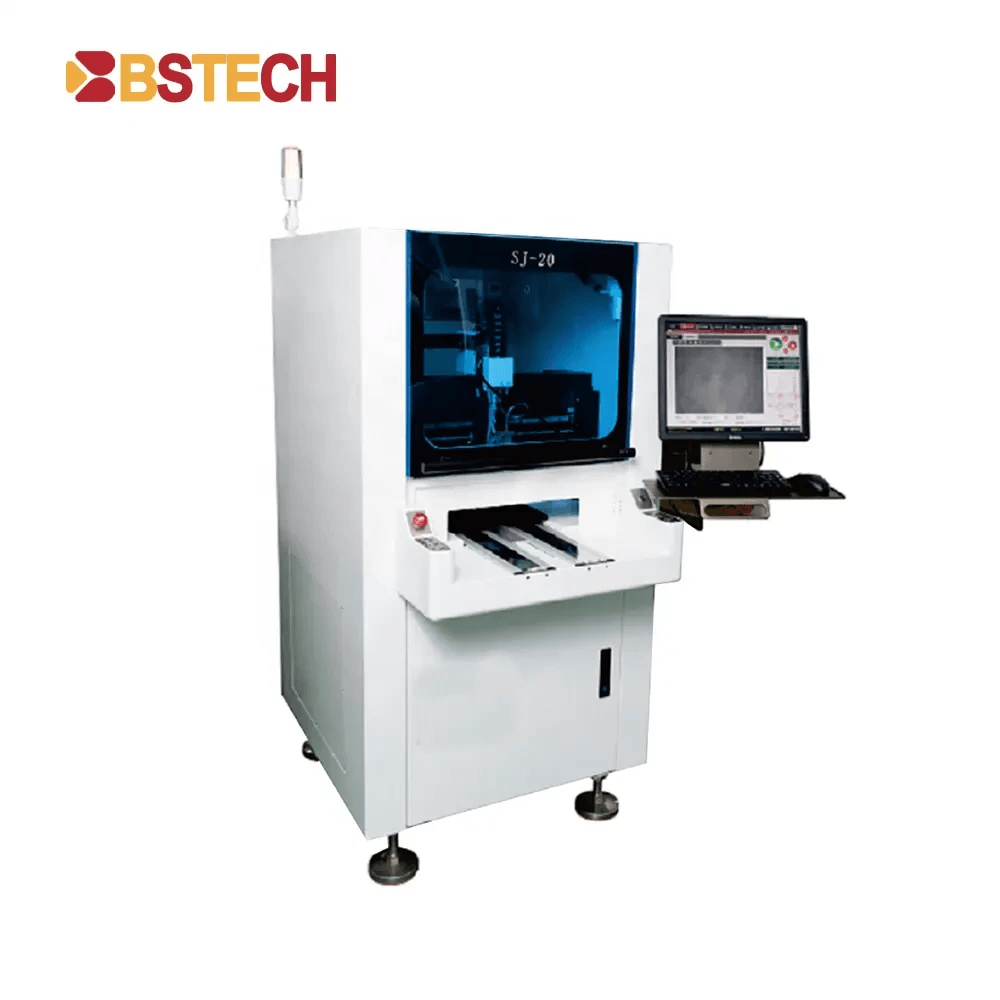
Techniques for Optimal Soldering
To achieve optimal results in PCB soldering, it's essential to start with a well-calibrated automatic solder dispenser. This device should reliably dispense the right amount of solder paste onto each pad, ensuring that no excess or insufficient paste is applied. Additionally, maintaining a steady hand during placement with pick-and-place machines will help align components accurately and prevent common issues like bridging or cold joints.
Another important technique involves using the correct temperature settings during the reflow process. Proper thermal management ensures that the solder paste melts evenly, creating strong bonds without damaging sensitive components. Lastly, always perform regular inspections on your assemblies to catch any potential errors early on—this proactive approach can save you time and money down the line.
Maintenance Tips for Dispensers
Keeping your solder dispenser in top shape is vital for consistent performance during PCB assembly. Regularly cleaning the dispensing nozzle prevents clogs and ensures a smooth flow of solder paste; dirt or residue can lead to uneven application and costly mistakes. It's also wise to inspect all mechanical parts periodically for wear and tear—after all, nobody wants their automatic solder dispenser breaking down mid-production!
Additionally, ensure that you're using compatible materials with your machine; mismatched types can lead to poor dispensing quality or even damage your equipment over time. Always refer to manufacturer guidelines when selecting solder paste types and other consumables for optimal compatibility with your specific model of dispenser. Finally, keep an eye on calibration settings; routine checks will help maintain accuracy throughout production runs.
Safety and Compliance Considerations
Safety should always be at the forefront when working with any kind of automated equipment in PCB assembly, including your trusty solder paste dispenser. Ensure that you are familiar with safety protocols related to handling chemicals like fluxes or solvents used in conjunction with solder pastes—protective gear such as gloves and goggles is a must! Furthermore, make sure that all processes comply with local regulations regarding electronic waste disposal.
It's also essential to maintain a clean workspace free from clutter; this not only enhances safety but also improves efficiency during production runs by minimizing distractions or hazards around sensitive machinery like pick-and-place machines and dispensers. Regular training sessions on best practices can help instill a culture of safety among team members too—everyone benefits when safety becomes second nature!
Lastly, consider implementing an audit system for compliance checks related to both equipment maintenance and workplace safety standards; this proactive approach helps identify areas needing improvement before they become larger issues.
Conclusion
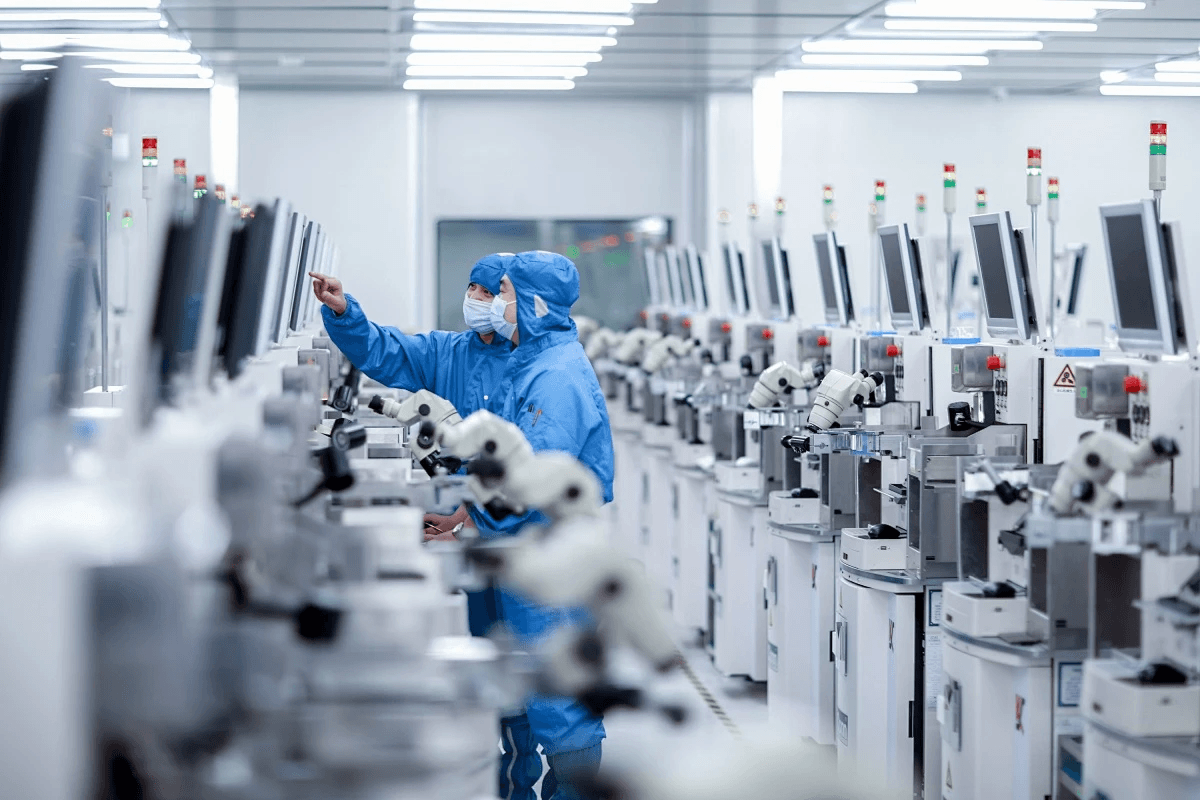
In the fast-paced world of PCB assembly, efficiency is key. By integrating an automatic solder dispenser into your workflow, you can significantly enhance productivity and reduce errors associated with manual solder paste application. This investment not only streamlines the process but also ensures that your PCB soldering meets the highest quality standards.
Enhancing Productivity in PCB Assembly
The incorporation of a solder paste dispenser allows for precise control over the amount of solder applied to each component, minimizing waste and ensuring optimal adhesion. With automation, assembly lines can operate at a faster pace without sacrificing accuracy, which is essential for high-volume production runs. Ultimately, this means quicker turnaround times and greater output for your PCB assembly operations.
Investing in Quality Equipment
When selecting a solder dispenser, it's vital to prioritize quality over cost alone; investing in reliable equipment pays off in the long run through reduced maintenance and increased uptime. High-quality automatic solder dispensers are designed to withstand rigorous use while delivering consistent results that boost overall production efficiency. Remember, a wise investment today can lead to significant savings and improved performance tomorrow.
Future Trends in Soldering Technologies
As technology evolves, so do the capabilities of solder paste dispensers and pick-and-place machines; expect advancements such as AI-driven systems that enhance precision even further. The future may also bring eco-friendly materials and processes that align with sustainability goals while maintaining effectiveness in PCB soldering applications. Staying ahead of these trends will position your business as a leader in innovation within the electronics manufacturing sector.
